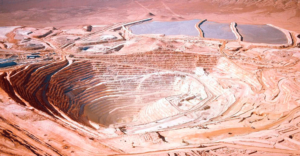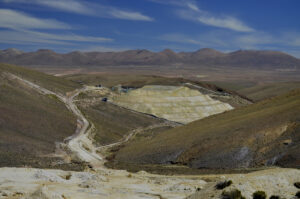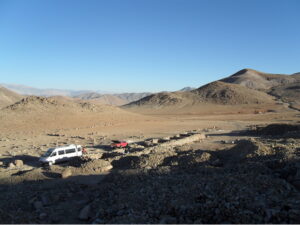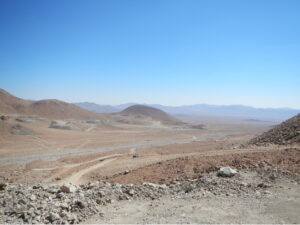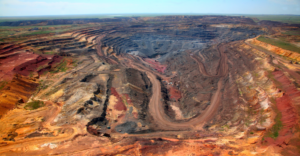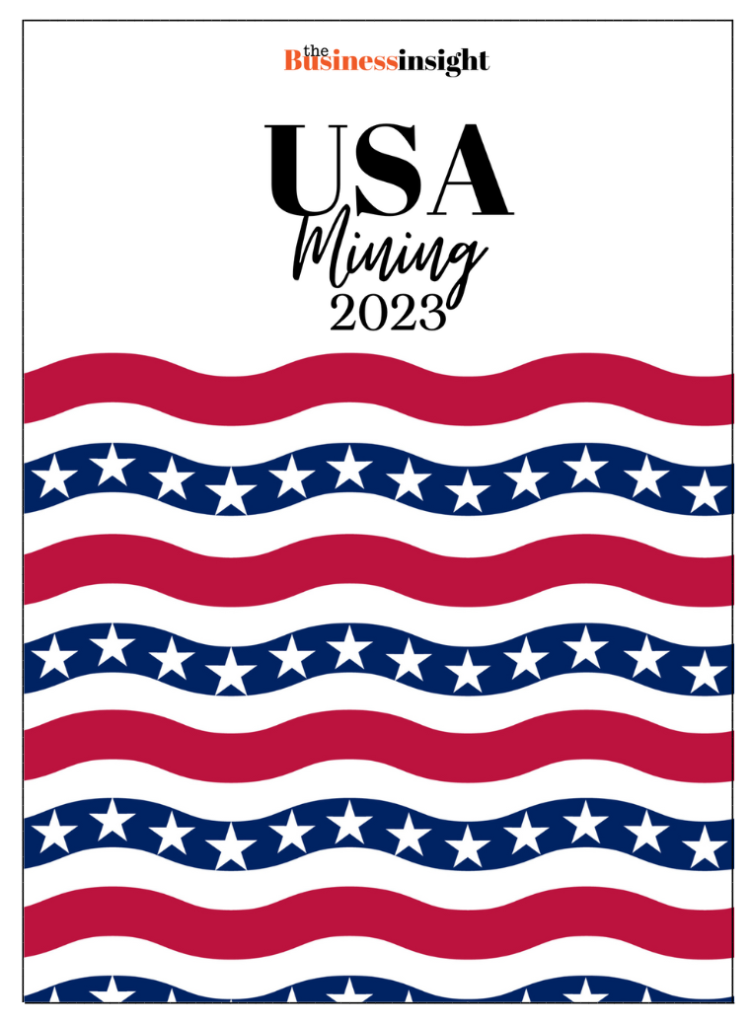
- Peru | 5 September 2021

What mining potential is left to develop in Peru?
The geological attractiveness of Peru has not changed: Peru is the fourth most attractive country in the world for exploration, receiving 6% of the world’s investment in this sector. Peru is a large country, with nearly 1.3 million km2, but relatively small compared to continent-sized countries like Canada, the United States, and Australia. Even so, Peru has the most important metals in the industry: copper, gold, silver, zinc, lead, tin, and additionally there are iron, vanadium, and lithium. Additionally, 60% of our electrical energy is clean and offers competitive costs. What we don’t have is political stability.
Looking at the case of Chuquicamata in Chile, which can extend its life another 50 years as an underground operation, we realize that we are just scratching the surface. We have to develop the entire southern corridor, and also the entire northern belt, with Michiquillay, Galeno, Conga, Yanacocha’s sulfides, La Granja, Tantahuatay, and Cerro Corona. Adding the north and the south, we have the possibility of competing with Chile in copper production. Additionally, there are international capitals willing to invest in copper smelters in Peru.
How can virtuous circles of development be generated?
The focus is to reach the population, especially those who see mining as something distant and do not understand that 60% of our foreign exchange is generated by the industry, and that 1.2 million people are employed directly or indirectly by the industry. No other sector can bring investments of billions of dollars, amounts that also go to remote areas, where they are most needed.
When we see that mining is developed in the places with the highest poverty rate, we see an opportunity. For example, native potatoes are worked in those high Andean levels, and no one has thought that they are a superfood and can access special high-margin markets. It is there where mining can play an articulating role. At a more general level, there is an opportunity to develop mining clusters with shared infrastructure: a railway, the same tailings dam, etc. To achieve that development, we must have a country vision: not see isolated projects, but see the complete forest with an optimized plan. That way, the greatest profitability will be achieved for the State, investors, and society.
What is the sector’s position regarding water and environmental liabilities?
Mining liabilities created in the past are managed by the state-owned company Activos Mineros, but there are many contradictions in the legislation. We want to propose a normative plan that closes those gaps and promotes the closure of liabilities by the private sector. There are a total of 8,000 environmental liabilities in Peru, but most are various elements of the same mining unit. Therefore, it would be more rational to make a fairer classification, and above all, identify those liabilities that represent a critical risk.
Of the total available water in Peru, only 1% is used, and of that 1%, mining uses 1%. That is, mining uses 0.01% of the total available water. The industry has great restrictions on water intake and great restrictions on water discharges. The solution is to capture the water once and constantly recycle it in the operation, like in a swimming pool. That is why mines today recycle between 90% and 98% of the water.








